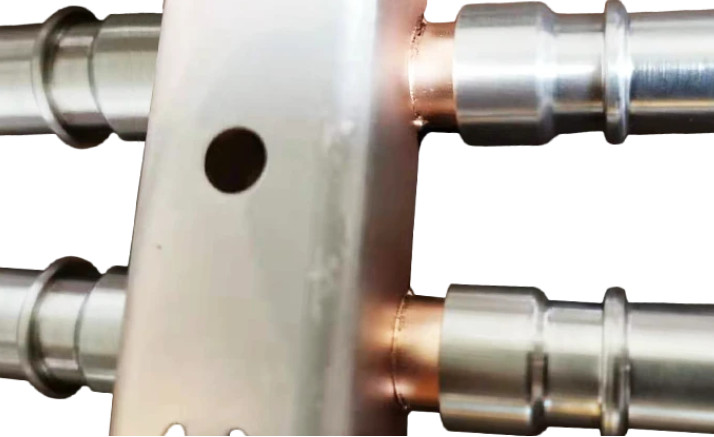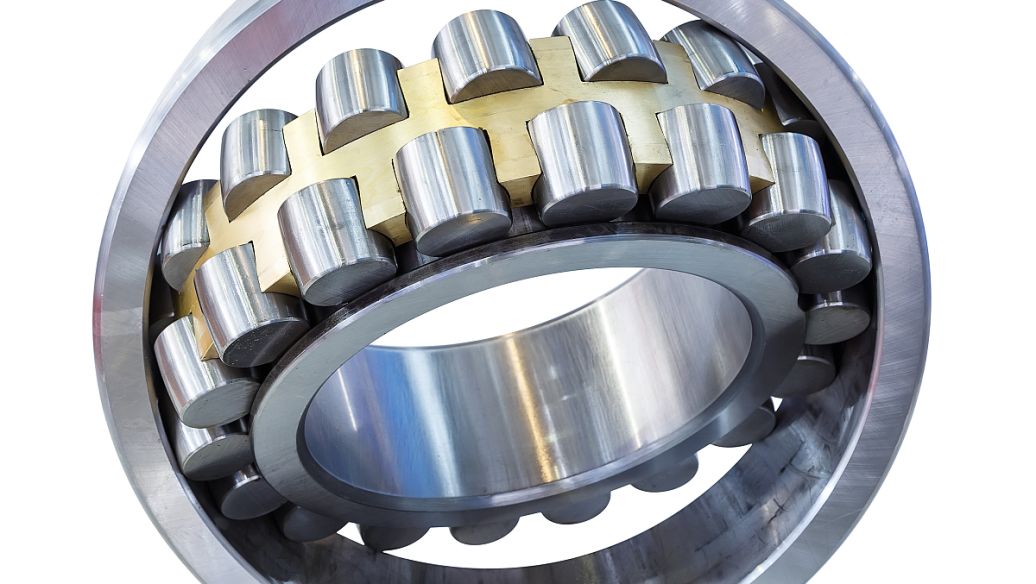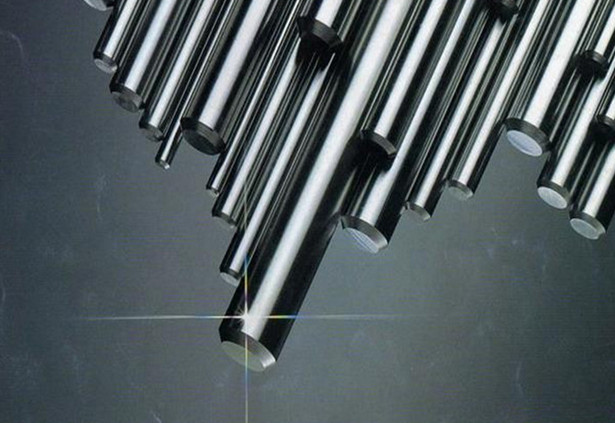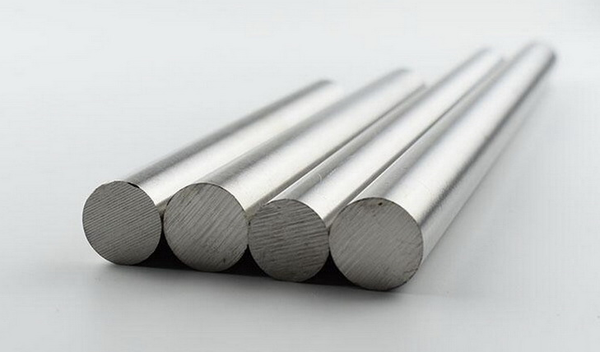
News and information
Heat treatment - thousands of quenching and refining, presenting all phases
How to Second Quench Stainless Steel?
Release time:2023.03.12
Browse:473
How can stainless steel (iron) provide hardness and how to increase the hardness to a higher level? The secondary quenching process can be used.
Stainless steel (such as 30Cr13 steel), using secondary quenching can greatly improve the hardness, wear resistance, and sharpness of workpieces (such as civilian cutting tools), and its performance can be comparable to that of 5Cr15MoV stainless steel. The heating equipment is a continuous mesh belt furnace, using ammonia decomposition gas as protective gas and quenching and cooling with a water jacket. After secondary heating and quenching (cyclic heat treatment), the microstructure of stainless steel (30Cr13 steel) is composed of cryptocrystalline martensite and a small amount of undissolved carbides, with fine particles and uniform distribution. Its hardness (57-58HRC) is 4 HRC higher than the original process (1050 ℃ water jacket cooling, 200 ℃ tempering, hardness 53-54HRC). After grinding experiments, it was found that the grinding performance of stainless steel (30Cr13) treated by this process is similar to that of tools made of 5Cr15MoV, and the resistance to backfire is improved. If the hardness after tempering is the same as the original process, the tempering temperature needs to be increased to 250-300 ℃. After tempering, the strength and hardness of the tools increase, and the wear resistance is improved.
Stainless steel (such as 30Cr13 steel), using secondary quenching can greatly improve the hardness, wear resistance, and sharpness of workpieces (such as civilian cutting tools), and its performance can be comparable to that of 5Cr15MoV stainless steel. The heating equipment is a continuous mesh belt furnace, using ammonia decomposition gas as protective gas and quenching and cooling with a water jacket. After secondary heating and quenching (cyclic heat treatment), the microstructure of stainless steel (30Cr13 steel) is composed of cryptocrystalline martensite and a small amount of undissolved carbides, with fine particles and uniform distribution. Its hardness (57-58HRC) is 4 HRC higher than the original process (1050 ℃ water jacket cooling, 200 ℃ tempering, hardness 53-54HRC). After grinding experiments, it was found that the grinding performance of stainless steel (30Cr13) treated by this process is similar to that of tools made of 5Cr15MoV, and the resistance to backfire is improved. If the hardness after tempering is the same as the original process, the tempering temperature needs to be increased to 250-300 ℃. After tempering, the strength and hardness of the tools increase, and the wear resistance is improved.
Previous article:暂无信息
Next article:What is secondary austenitization in heat treatment?
Heat treatmen equipment
Quenching & tempering series
Stainless steel stress relief tempering series
Annealing series
Solid solution series
Brazing series of stainless steel
Contact Information
Add:78 Jujin Road, Taiping Street, Xiangcheng District, Suzhou City
Tel+86 0512-66735468
Phone:139-6252-5038
Fax:+86 0512-66735466
E-mail:HT_Tengkai@163.com

Scan Code Contact
Copyright © Suzhou Tengkai Metal Materials Co., Ltd.
Filing number:苏ICP备16047948号-1
Technical support: 尚云网络
✕





